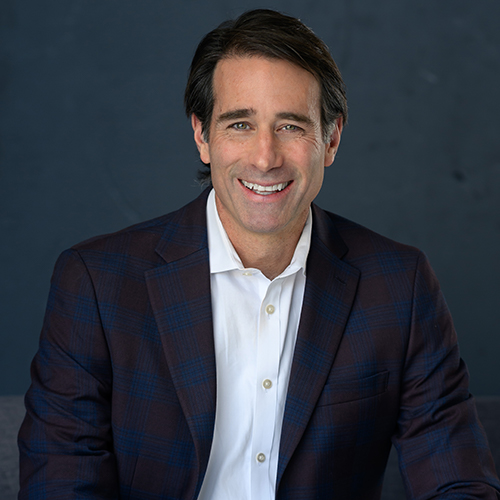In the News
Livingston Parish Waterway cleanup receives green light, sustainability still up in the airLivingston Parish Waterway cleanup receives green light, sustainability still up in the air
Washington, DC,
May 19, 2019
|
McHugh David | Livingston Parish News
Livingston Parish is a coastal community, the southern portion at least. Coastal erosion has allowed salt water to creep into Lake Pontchartrain and Lake Maurepas, eventually feeding into the bayous and rivers in southern Livingston. That has opened the doors for funding streams to help with drainage work throughout the parish, and nearly 700 miles of waterways, an important project in the wake of the Great Flood of 2016. According to Garret Graves (R-District 06), several pieces of good news have recently come down the pipe for Livingston Parish's drainage and coastal work. First, the U.S. Army Corps of Engineers have begun to process and finalize permits for clearing and snagging projects throughout the parish for larger bodies of water, including the Amite River itself. "You can look at any bayou, stream, or even river, you're going to see trees, growth, even debris," Graves explained of the "snagging" process, "This results in runoff and over-siltation because it slows the flow of water and reduces the capacity. "By removing those obstructions, you restore the flow of water which helps keep silt from settling, and you return the waterway to its previous capacity, (as capacity) gets reduced due to a combination of debris and settling silt." While the Amite and its tributaries await their permits, clearing and snagging has already begun on the Little Colyell, Colyell, and Blood rivers. Most importantly, however, is that contracts have been awarded to dredge the mouths of the Amite and Blind rivers, as well as rebuilding the weir at the Amite River Diversion Canal, which helps the flow of water from backing up in the French Settlement and Head of Island areas. According to Graves, all of this is being done with federal money through five funding streams which include hazard mitigation grants and the Gulf of Mexico Energy Security Act (GOMESA) funding, which is an offshore revenue-sharing program with portions going directly to the state, and others to the parish. Without Livingston's "coastal" designation, it would be ineligible for GOMESA funds. The parish elected to bond those GOMESA payments for a lump sum immediately to fund the projects. Graves, however, warned against the financial and practical issues that persist if maintenance isn't performed regularly. "From a financial perspective, it's very dangerous to wait for a windfall (of funds) after a disaster and use those as a budgeting mechanism. "It's ill-advised." According to Graves, the cost ratio of recovery has risen to almost six times more expensive than prevention, suggesting that taxing drainage and freshwater districts could be established to work the maintenance. "(Louisiana's delegation) has brought nearly $3 billion in capital to the Baton Rouge drainage region," Graves said, "that money isn't always going to be available." The timelines for dredging and rebuilding the weir were unknown as of press time. |



